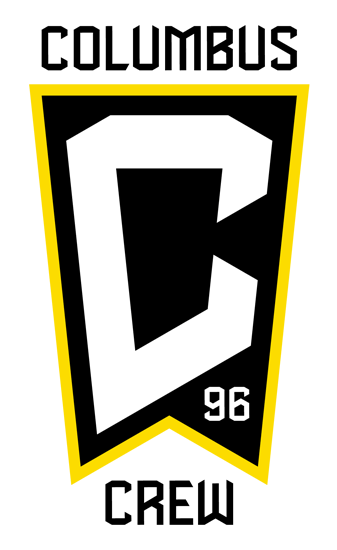In a personal injury or wrongful death case, the jury must understand the difference between what happened and what should have happened in order to deliver a just verdict. It’s our job to make sure jurors understand the evidence so they can sort out the truth about a case. Our success hinges on establishing a connection with jurors, and then effectively communicating to them the significance of the evidence we present.
We work with expert witnesses to help explain evidence. Sometimes the timing and physical nature of events in a case are complex, and demonstrative evidence, such as images and video, comes in handy. Visual evidentiary exhibits often have more power to communicate and can be more memorable than words alone. But static images and videos taken from a single point of view have limitations.
Enter forensic animation, an emerging technology in demonstrative evidence, which is playing an increasingly larger role in civil litigation.
How forensic animation brings a case to life
Video or photos taken at the scene of an event can only present facts from one perspective and therefore can’t always tell the whole story. Forensic animation, on the other hand, virtually recreates events—and can do so from multiple perspectives. In addition, it can slow down action or zoom in to reveal critical details.
Using full-motion computer graphics to recreate events, forensic animation can help jurors visualize a car crash or an assault crime, and it can even demonstrate a product failure that resulted in a personal injury or wrongful death.
Forensic animation relies on the same computer-driven technology used in action films and the same advanced forensic science used by law enforcement. The images are compiled from a variety of sources and perspectives: police officers, forensic experts, engineers, eyewitness statements, security and body cameras, even autopsies.
For a car crash, the simulation would include data gathered at the scene, details about the terrain, weather, and traffic conditions at the time of the accident, police photographs, and more.
In medical malpractice cases, computer-aided animation, or medically demonstrative technology, is used to explain medical conditions or injuries.
In other types of civil litigation cases, the goal is the same but the subject matter is different. Take an example from a few years ago. It involved a high-speed car chase in Cleveland that led to officers shooting a suspect. Because there was sufficient video of the chase and the shooting, from several perspectives, an animation was made that re-created the event in comprehensive detail—even to the point of following the paths of individual bullets. Forensic animation filled information gaps, leaving little doubt as to how the event played out.
There is usually a wealth of information available with which to build an animation if attorneys are willing to put in the effort to find it. (And, of course, we are.)
Demonstrative evidence provided, jurors decide the truth
Forensic animation likely never will replace other types of evidentiary exhibits in civil litigation cases. Nor will it replace expert testimony. But it is a powerful tool that enhances both. There will still be times when we want to use a good old-fashioned photograph, blown up, mounted on poster board, and placed in front of the jury for an extended period of time. We can’t do that with an animation.
Civil litigation attorneys can use these tools to support their respective cases, but at the end of the day, it’s up to the jury to determine the truth.
The key for us is knowing which demonstrative evidence tools to use, and when, in order to build our clients’ cases most effectively.
Connect with us—we’re here to help.
The outcome of any client’s case will depend on the particular legal and factual circumstances of the case.



